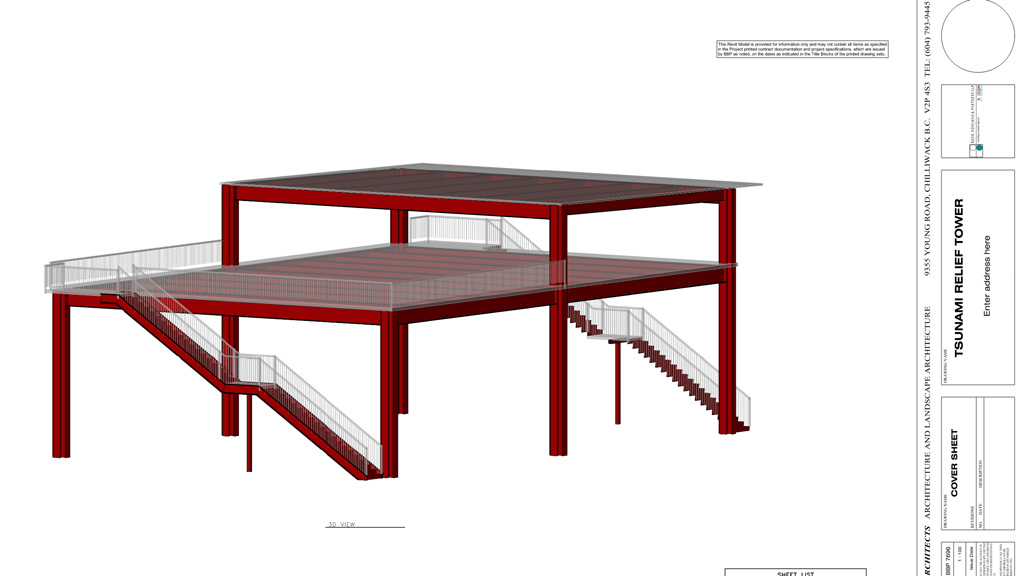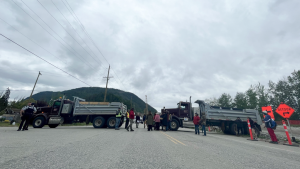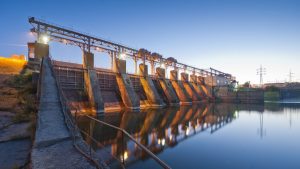In 1700 a massive earthquake rocked the west coast.
The Cowichan people on Vancouver Island saw their homes destroyed and landslides triggered. According to Natural Resources Canada, the shaking was so violent that many became sick from trying to stay standing. Vancouver Island First Nations oral traditions documented the tsunami that came after the quake. It completely wiped out the Pachena Bay people’s winter village, killing all inhabitants.
Finding shelter
According to earthquake experts, these massive quakes are not unique. Geological evidence shows they regularly occur every few hundred years.
One remote community in B.C. is looking to ensure they are prepared by building Canada’s first-ever tsunami tower.
“Some people imagine a tsunami as a big, overpowering wave,” explained Andy Metten, an expert in steel design and seismic engineering. “But other times it is often a more gradual rising of the water level. The bottom line is you have this huge flow of water going across the land. Then you are subject to drowning and getting impacted by all sorts of debris.”
Built to last
Metten, who is a senior partner with consulting engineering company Bush, Bohlman & Partners LLP, was part of the team tasked with designing the concept for a tsunami tower in Masset, B.C.
Metten explained that currently the safest area of elevation is 10 kilometres away from Gudangaay Tlaat’sa Naay (GTN) Secondary School. The solution, which is used in other earthquake-prone areas like Japan, is to build a strong, high tower nearby.
“For tsunami towers you need to design twice,” said Metten. “It needs to be able to withstand the earthquake without significant damage and then needs to withstand the forces from the water and debris field passing beneath the platform.”
To determine what was needed to withstand seismic effects, the team uses standard clauses in the building code. To design for water and debris, the team used international manuals produced by groups like the Federal Emergency Management Agency (FEMA) in the U.S.
“Part of the aim is to present as small as possible a target for the debris field to attack the structure,” said Metten. “In some ways the design of tsunami towers is somewhat similar to designing a pier supported on pilings for wave forces.”
A second purpose
The design of the Masset tower includes moment frame steel with ductile seismic connections.
Stairs lead up to a platform at a height determined by seismologists. Metten said with proper maintenance the tower could last a century. In that time there would be a 50 per cent chance of a major earthquake event occurring.
But in the meantime the tower will serve another purpose. Masset and the team designed it to be built over the school’s basketball court.
“Basketball is very popular there,” said Masset. “They have lots of tournaments and we are basically converting an outside basketball court to a covered court so they can play when it is raining.”
Metten noted now that the conceptual design of the tower has been completed and funding has been approved, work on the detailed design and working drawings will be done under an RFP.
According to the province, work on the tower and seismic upgrades to GTN are expected to begin this summer and wrap up next fall.
Follow the author on Twitter @RussellReports.











Recent Comments
comments for this post are closed